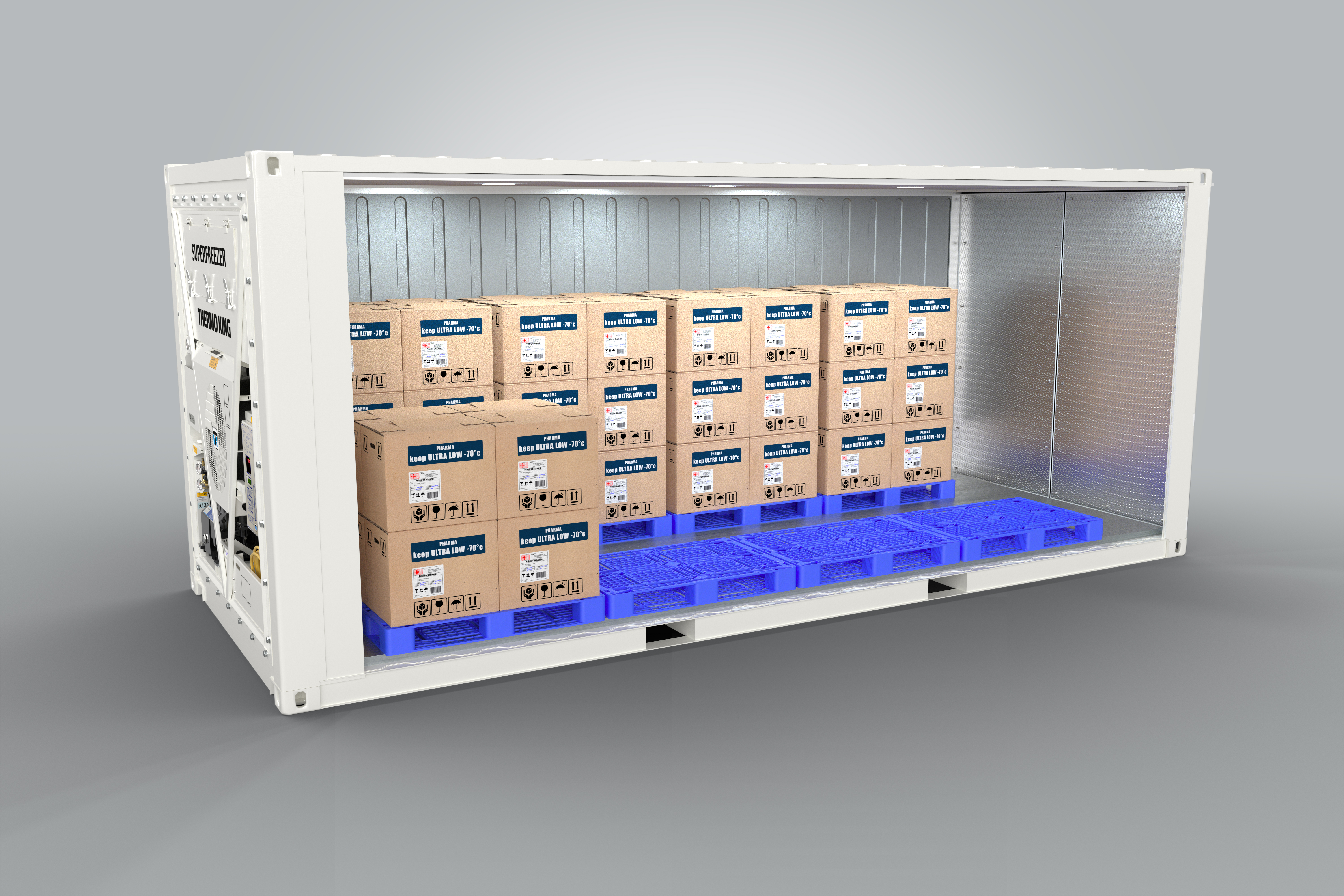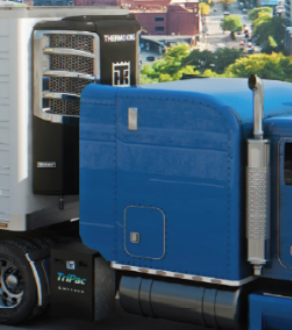Refrigerated warehouses play an essential role in the supply chain and Thermo King’s dependable, short-term storage solution offers relief.
Growing demand for cold storage
Tiny homes, typically around 500 sq. ft, might be the current rage for people looking to downsize, but for logistics and warehouse companies, having the real estate to grow comes at a premium.
When Covid-19 hit, the e-grocery market began to trend upward. Consumers sought safer alternatives to roaming grocery store aisles and were soon sold on the convenience of ordering online. This trend is expected to skyrocket over the next several years with online grocery purchases representing 70% of all grocery purchases by 2030 for American households.
This customer buying behavior is driving the demand for cold storage facilities. As online grocery shopping continues to increase, fulfillment centers need warehouse space to keep up with demand and grocers need to shift from cold storage operations in their stores to refrigerated facilities. It’s estimated that the demand for cold storage space will rise by 100 million square feet by 2025. That's an impressive 4.7% increase from 2020.
Growth comes at a cost
Cold storage requires equipment that can cost $250-$350 per sq. ft which is 2-3 times more expensive than a traditional warehouse.
Refrigerated warehouses also cost more to operate. They consume an average of 24.9 kilowatt-hours (kWh) of electricity per square foot per year compared to 6.1 (kWh) of electricity per year of a non-refrigerated warehouse.
Warehouses near major logistics hubs are also important since quick last-mile delivery has become a priority with direct-to-consumer shopping. The additional space required in major cities means costly construction prices.



